Transcription of How To Identify Fractions
1 How to Identify Fractions Introducing: whole number numerator fraction bar denominator Identify Fractions 1 This unit has 5 equal parts. Identify Fractions 2 Three of the parts are selected (shaded). Identify Fractions 3 The denominator 5 tells us that there are 5 equal parts in the unit. The numerator 3 tells us that 3 of the equal parts are selected (shaded). The fraction 3/5 can be written as three-fifths. Identify Fractions 4 There are 8 equal parts in this unit, giving a denominator of 8. Five of the parts are selected, giving a numerator of 5. This fraction can be written as five-eighths. The denominator 4 shows that the distance from 0 to 1 is divided into 4 equal parts. The numerator 1 shows that 1 of the parts is selected. The fraction 1/4 can be written as one-fourth. Identify Fractions 5 The denominator 6 in the fraction 3/6 shows that the distance from 0 to 1 is divided into 6 equal parts.
2 The numerator 3 shows that 3 of the 6 parts are selected. The fraction 3/6 can be written as three-sixths. Identify Fractions 6 The numerator 4 shows that 4 of the 6 parts are selected. Compare this to 3/6 in the previous slide. Notice the fraction increases in size as the numerator increases. Identify Fractions 7 The fraction 1/3 has a denominator of 3, which shows the circle has three equal parts. Identify Fractions 8 The denominator has been increased to 4. Notice the fraction has decreased in size compared to the previous slide. Identify Fractions 9 The denominator has been increased to 5. As the denominator increases, the fraction size decreases. Identify Fractions 10 Increasing the numerator to 2 increases the fraction size. Identify Fractions 11 The numerator increases to 5 and the fraction increases to a complete unit. The fraction 5/5 is equal to whole number 1 Identify Fractions 12 The picture shows a tray of 7 cookies.
3 Five of the 7 cookies are square. The fraction 5/7 shows what part of the group of cookies are square. Identify Fractions 13 5/7 Of the cookies are square. Identify Fractions 14 What fraction of the circle is shaded? Identify Fractions 15 Identify Fractions 16 What fraction of the number line is shaded? Identify Fractions 17 What fraction of the tray of cookies are square? Identify Fractions 18 Identify Fractions 19 3/11 of the cookies are square.

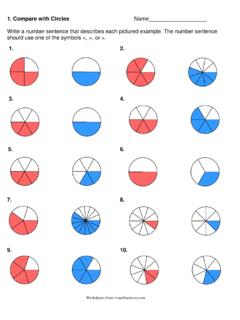

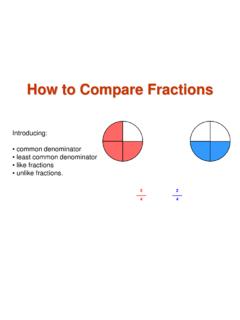
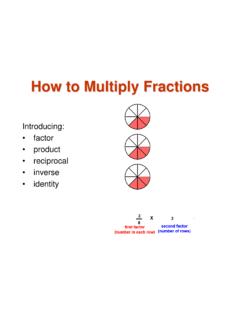
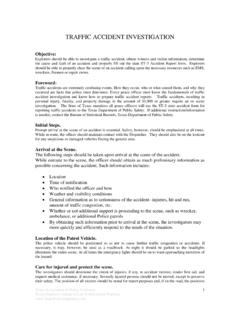
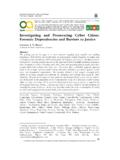

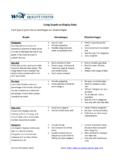
![ABSTRACT arXiv:1409.1556v6 [cs.CV] 10 Apr 2015](/cache/preview/4/e/0/e/4/4/2/c/thumb-4e0e442c20fc4f8e108fa20a1095af07.jpg)
![Abstract arXiv:1707.01836v1 [cs.CV] 6 Jul 2017](/cache/preview/4/1/7/c/3/c/f/5/thumb-417c3cf524207c81cbb20aac762ce5b4.jpg)